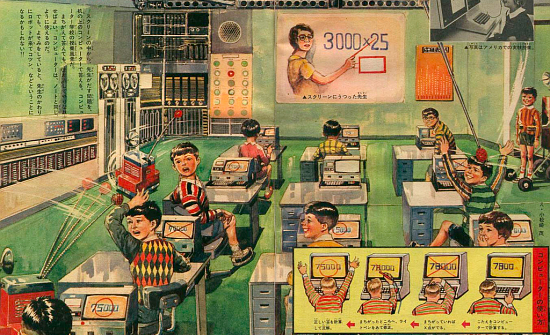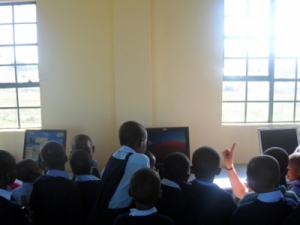India’s health minister announced earlier this month a new initiative designed to boost the country’s rate of immunizing newborns by collecting mobile phone numbers of all pregnant mothers to monitor their babies’ vaccinations over time.
Ghulam Nabi Azad, the health minister, told a World Health Organization meeting in New Delhi that his ministry has been supervising the collection of about 26 million mobile numbers of pregnant women in India since January and plans to finish the job by December.
The women whose numbers are collected will be tracked via the mobile phones in the future by the Indian government to ensure the women’s babies receive the proper immunizations at the proper times. Babies in India are supposed to be immunized against tuberculosis, polio, diphtheria, tetanus, whopping cough and measles, health experts say.
According to Mr. Azad, the campaign will “enable us to monitor our immunization service at a national level. In addition, the central government will be able to check on the accuracy of data collected locally, which is often in doubt.”
The impetus for this program manifested due to a decentralized and deficient public health system, poor monitoring methods and sub standard vaccination coverage.
In 2010, only 72% of Indian babies received the three doses of the DPT vaccine against diphtheria, tetanus and whooping cough, an accepted indicator of a successful vaccination program, according to a joint estimate United Nations Children’s Fund and the WHO. That compares poorly with Bangladesh at 95% and Indonesia at 83%, according to the same joint estimate.
An inherent problem with the monitoring of vaccinations in India is that once babies are vaccinated, there tends to be no physical record of that baby being vaccinated. It is up to the guardians of the child to remember which vaccination was administered at which time. Also, the district levels governments may report erroneous numbers when reporting on the number of children vaccinated.
This initiative will give the central government the ability to contact the new mothers to confirm their babies’ immunization. “We’ll know the capacity of each state so they can’t fool us,” said Mr. Azad, reflecting widespread frustration.
Such an encompassing initiative is bound to face obstacles. Mr. Azad already encountered problems when he tried calling ten numbers from a list gathered back in February. “In front of all of the ministers, I picked up the phone and dialed the first 10 numbers. Only six of them were accurate numbers. Knowing we were going to be checking these numbers, our health workers still collected 40% faulty numbers—that is very bad” he said.
Mr. Azad declined to detail the cost of the program or how many numbers have been entered into the government’s system so far. But he said that tracking 26 million babies “is not an easy job.”
This is an ambitious project to say the least. Mobile phones after all aren’t permanent tools. A family could potentially report one number and procure a new phone with a new number. Also keep in mind, the Indian government is talking about a series of vaccinations that will span over a number of years for families living in rural areas. There could be a high turnover issue of mobile numbers. Families could also report a false phone number for fear of government intrusion – there is no way of double checking for that. Don’t forget, not all mothers will have a mobile phone to begin with.
The list of possible impediments could go on, but the bottom line is that attaining 26 million accurate and functional mobile numbers is idealistic at best. Nonetheless, this is a good start for the central government – it shows they are paying attention to the issue.


















































